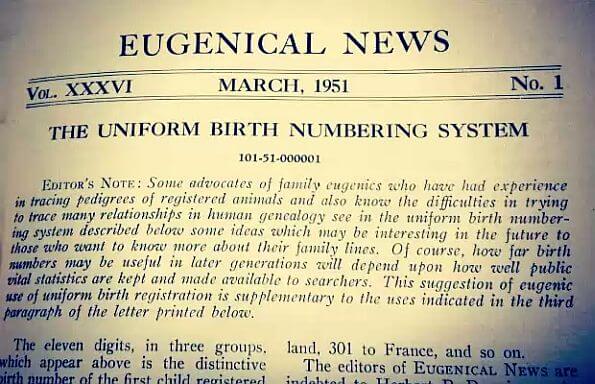Aaron and Melissa Dykes – In Carroll Quigley’s 1966 book “Tragedy & Hope,” he discusses bluntly how our freedom will continuously dwindle throughout the remainder of the 20th century and beyond under a type of neofeudalism imposed by the burgeoning scientific dictatorship:
“Hopefully, the elements of choice and freedom may survive for the ordinary individual in that he may be free to make a choice between two opposing political groups (even if these groups have little policy choice within the parameters of policy established by the experts) and he may have the choice to switch his economic support from one large unit to another. But, in general, his freedom and choice will be controlled within very narrow alternatives by the fact that he will be numbered from birth and followed, as a number, through his educational training, his required military or other public service, his tax contributions, his health and medical requirements, and his final retirement and death benefits.”
When we first read this statement, besides the oily revulsion we felt at how true his future predictions turned out to be, we couldn’t believe how accurate he was right down to our social security numbers.
But wait… was what Quigley meant by “numbered from birth” and followed “as a number” specifically referring to our SSN?
If you were not otherwise aware, there is another number assigned to each baby born in the U.S. under a separate program that came about sometime in 1948 (not too long after the National Security Act was passed). It was known at the time as the “Uniform Birth Numbering System”. It’s not a number you are openly informed about as a parent filling out a birth certificate for your baby, a certificate you are told is just “for the record”.

In fact, the most in-depth information we could find on the Uniform Birth Numbering System came from an interesting source… the March 1951 edition of Eugenical News (Vol. 36, No. 1), published by the American Eugenics Society.
Here’s the editor’s note: Continue reading
